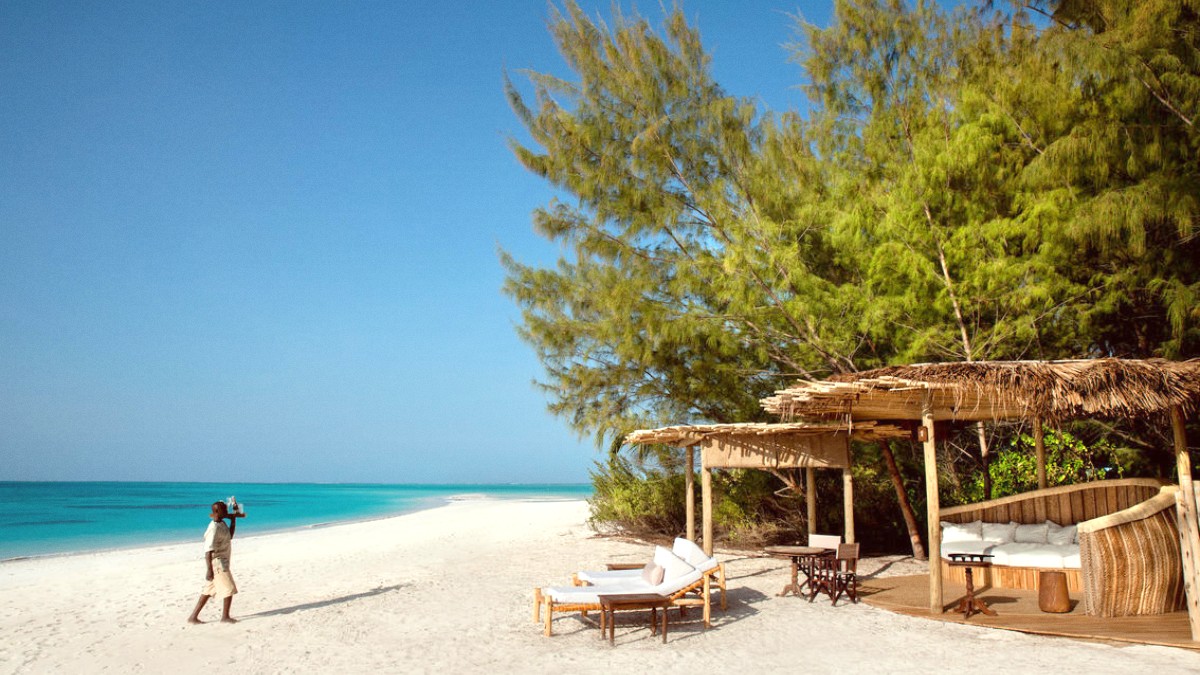
Tanzania
Pemba Island hosts several landmarks. These show insight into its rich history and unique natural environment. These sites are important stops for any visitor seeking to understand the island’s heritage and biodiversity.
The sites Mkama Ndume Ruins, Pujini Ruins, Kidike Flying Fox Sanctuary, and Ngezi Forest Reserve are major points of interest.
Local guides sometimes lead to less-known viewpoints or small, hidden historical remnants not typically on main tourist routes.
Pemba Island is a haven for nature lovers. It features pristine landscapes, unique wildlife, and stunning marine environments. Its natural attractions allow for both active exploration and quiet appreciation.
Covers a significant portion of northern Pemba, preserving much of the island's unique flora and fauna. It habitat for endemic species.
A small, uninhabited island off the west coast. Renowned for its pristine beaches, excellent coral reefs, and important turtle nesting site.
An ecological attraction focusing on the endemic Pemba flying foxes. Visitors observe them close-up, hanging in the trees.
Dolphin spotting tours are popular. Green turtles and hawksbill turtles are common in marine protected areas.
The reefs teem with various reef fish. Pelagic species like sharks and barracuda patrol the deep Pemba Channel.
Ngezi Forest: A main location for spotting endemic primates like the Pemba vervet and red colobus monkey. Various endemic bird species.
Numerous white sand beaches along its coast, especially on the northern and western sides (e.g., Vumawimbi, Panga ya Watoro).
No large freshwater lakes. Numerous creeks and extensive mangrove forests line parts of the coastline.
The island is generally low-lying, with its landscape shaped by rolling hills and coral limestone foundations. These formations attribute to beaches and reefs.
Beyond known attractions, Pemba Island harbors hidden gems. These off-the-beaten-path locations and experiences connect with the island's authentic charm.
These locations reward the curious traveler with unique opportunities for discovery away from crowds.
These are rarely visited by tourists, giving a genuine glimpse into daily commerce and social interaction.
Pemba itself is still "emerging" compared to its more famous neighbor, Zanzibar.
These moments capture the island's beauty and spirit.
Pemba generally experiences fewer tourists than Zanzibar. Most sites are not overly crowded, even during peak season. You will often find a peaceful atmosphere.
Visiting early in the morning can enhance the experience at any site, with cooler temperatures and fewer people. Building good rapport with your guide often leads to special discoveries.